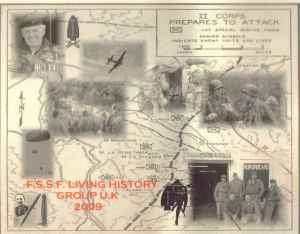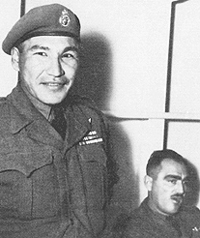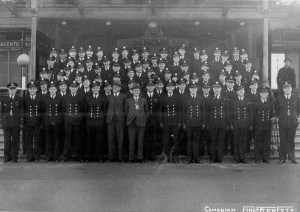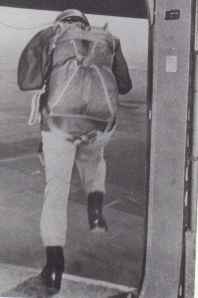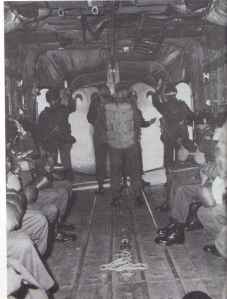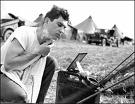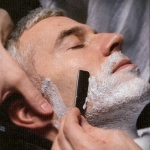Posted in Canadian Army, health and sickness, William Sam Magee, World War Two, tagged Trench Foot, Trench mouth on +00002008-12-03T17:20:57+00:00312008b+00:00Wed, 03 Dec 2008 17:20:57 +0000 31, 2008|
4 Comments »
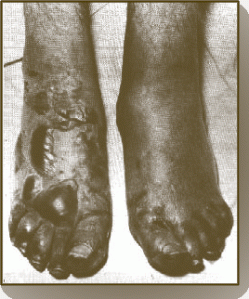
William “Sam” Magee suffered from Trench Foot while serving in Italy. He was shocked to hear that the doctor threatened to cut off his feet
Trench Foot
Many soldiers fighting in the First World War suffered from trench foot. This was an infection of the feet caused by cold, wet and insanitary conditions. In the trenches men stood for hours on end in waterlogged trenches without being able to remove wet socks or boots. The feet would gradually go numb and the skin would turn red or blue. If untreated, trench foot could turn gangrenous and result in amputation. Trench foot was a particular problem in the early stages of the war. For example, during the winter of 1914-15 over 20,000 men in the British Army were treated for trench foot.
The only remedy for trench foot was for the soldiers to dry their feet and change their socks several times a day. By the end of 1915 British soldiers in the trenches had to have three pairs of socks with them and were under orders to change their socks at least twice a day. As well as drying their feet, soldiers were told to cover their feet with a grease made from whale-oil. It has been estimated that a battalion at the front would use ten gallons of whale-oil every day .
source: http://www.spartacus.schoolnet.co.uk/FWWfoot.htm
Story One: Sam suffering from Trench Foot

Story Two: Sam gets Trench Mouth
A painful infection of the mouth and throat characterized by ulcerations of the mucous membranes, bleeding, and foul breath. It is caused by the bacterium
Read Full Post »
